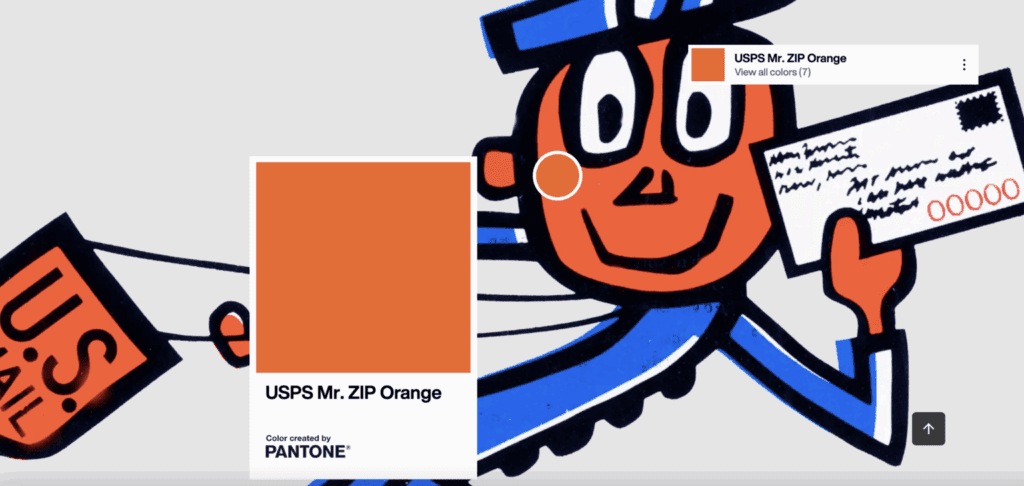Ever wonder how much better your direct mail campaigns might do if you segmented your customer base more thoroughly?
The Bible League, a non-profit group based in Crete IL, has been soliciting donations since 1938, using the money to put Bibles into the hands of people in the far-flung corners of the globe. In the course of that ministry, the group had amassed a large list of donor names and giving histories acquired through several fund drives annually.
But the group had not attempted to segment their mailing list other than by location, gift amount and recency, Bible League marketing vice president Karen Layland said in a session yesterday at the Chicago Association of Direct Marketing’s DM Days conference. That began to change one day two years ago when the League’s print vendor pointed out that another customer, a local department store, ran a bridal registry and had achieved incremental sales by segmenting its customers.
“After the weddings, they held onto that information,” she said. “So they knew the china patterns and the pieces that the couple had received, and they knew how to use that information in a little postcard mailing. They named the pattern, mentioned the gravy boat that the bride didn’t get, and notified her of a special sale on the merchandise.” The store told Layland that 90% of recipients had responded in some way to that direct mail campaign.
“I thought, ‘What an incredible thing, to take that direct mail piece and customize it with the name, the address and maybe the exact past gift amount, to be able to really get to the information that was most important to the heart of that donor,’” she said.
Layland and her team began to conceive of ways to segment their own lists and to test the effect of that segmentation with a relatively small mail appeal in late October 2005 using customized digital mailings. They decided to target donors who had given from $100 to $5,000 total over the previous 36 months, with some list exclusions: first-time givers in the previous three weeks, donors in the ZIP codes affected by hurricanes Katrina and Rita, and the very largest “executive” donors.
Segmentation was done according to specific operational areas. Bible League donors can specify where they would like their gifts to be spent, most often in Africa, China, the former Soviet Union, India and Latin America; they can also elect to send their money “where most needed”. The League gets consistently strong support for donations to the first three regions, so it made sense to segment those givers.
Layland’s choice to segment out donors to India and Latin America was “a quality decision, not a quantity decision,” she said. The samples would be small—about 650 to 700 mailings each for India and Latin America, compared to more than 2500 mailings for each of the other three—but Layland said future needs in those regions will be so great that the league wanted to build donor support and data collection there.
The size of the mailing was kept intentionally small: about 27,000 pieces, lower than the League’s customary 45,000- to 50,000-piece efforts. Messages consisted of five letters customized regionally and one aimed at worldwide givers. The regional versions contained from 6 to 8 variables; the global letter had only one. Each letter contained a color photo, a personalized salutation and a specific gift ask based on donation history.
Layland’s group opted against including past gift information in the custom messages as not directly relevant to the test. “We wanted to determine the heart and passion these people had for that part of the world,” she said. “We wanted to find out if in the future, we should always be approaching the Latin American givers with a Latin American message.”
Layland conceded that her group did not have any formal controls against which to benchmark the results of the test mailing. Instead, they gauged results against a traditional unsegmented mass mailing at Christmas. By those metrics, the segmented regional mailing performed well, she said, producing an average gift amount of $85 and a response rate of 6.2% compared to $55 and a 3.3% response for the Christmas campaign.
And the decision to include segments for India and Latin America proved out: The Indian message earned the highest average gift ($93) of the five segments, while the mailing targeting Latin America got the best response rate (7.6%) of the test.
Larger mailings than the League attempted will make customization more cost-efficient. Still, one of the lessons Layland pointed to was the “cost creep” of segmenting into 6 versions and layering on a relatively high number of variables. She suggested that new segmenters might want to confine themselves to 2 or 3 versions for a first effort.
Other direct mail segmentation tips drawn from the Bible League’s experience in this test:
* Insert a different paragraph, lift note or postscript for new donors.
* Personalize the salutation with the donor’s name, not “Dear Friend”.
* Use color photos instead of black and white for major donors.
* Use first-class stamps rather than non-profit or pre-cancelled stamps for major donors.
 Network
Network

